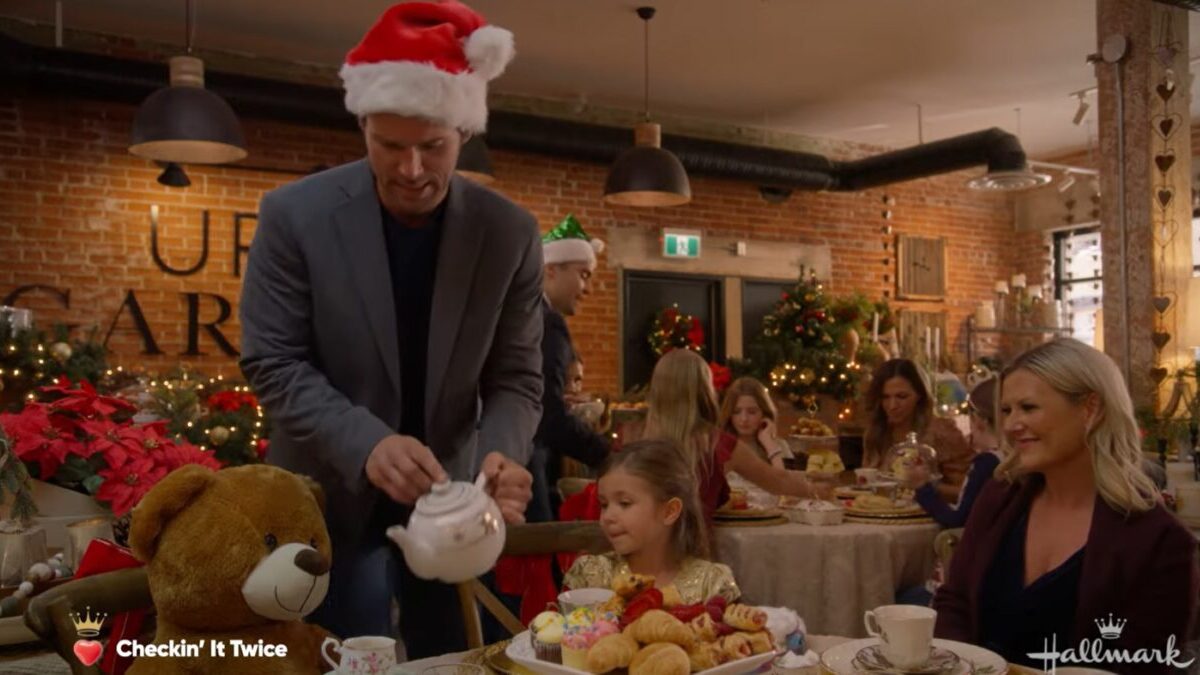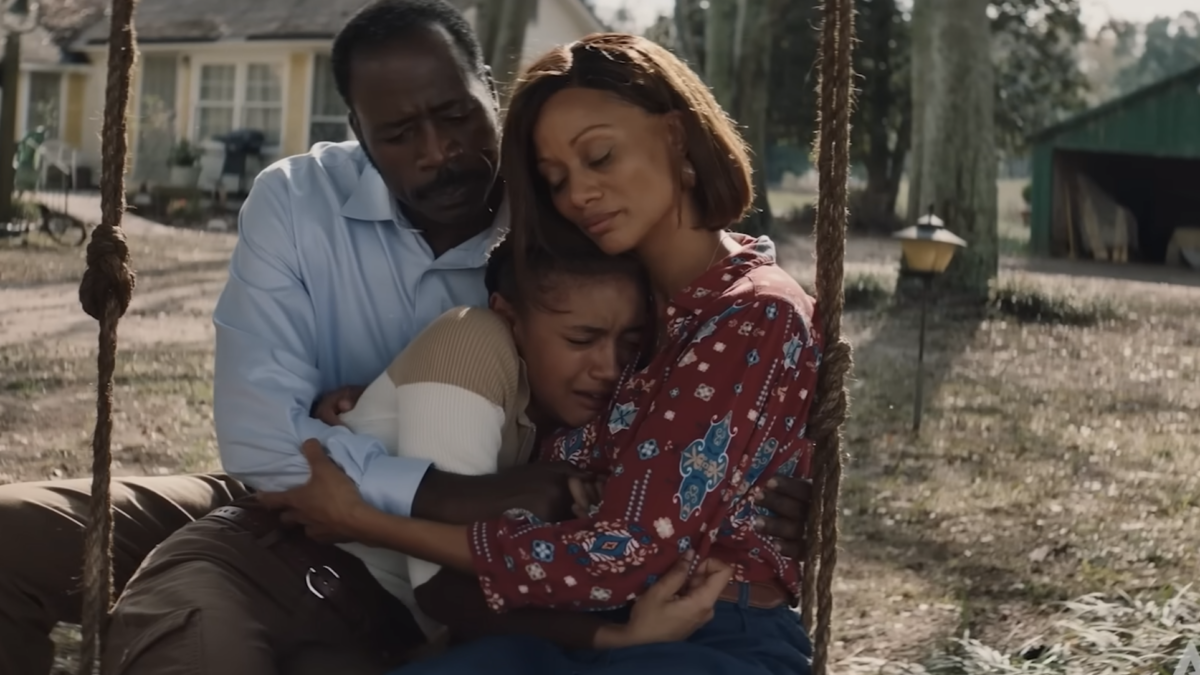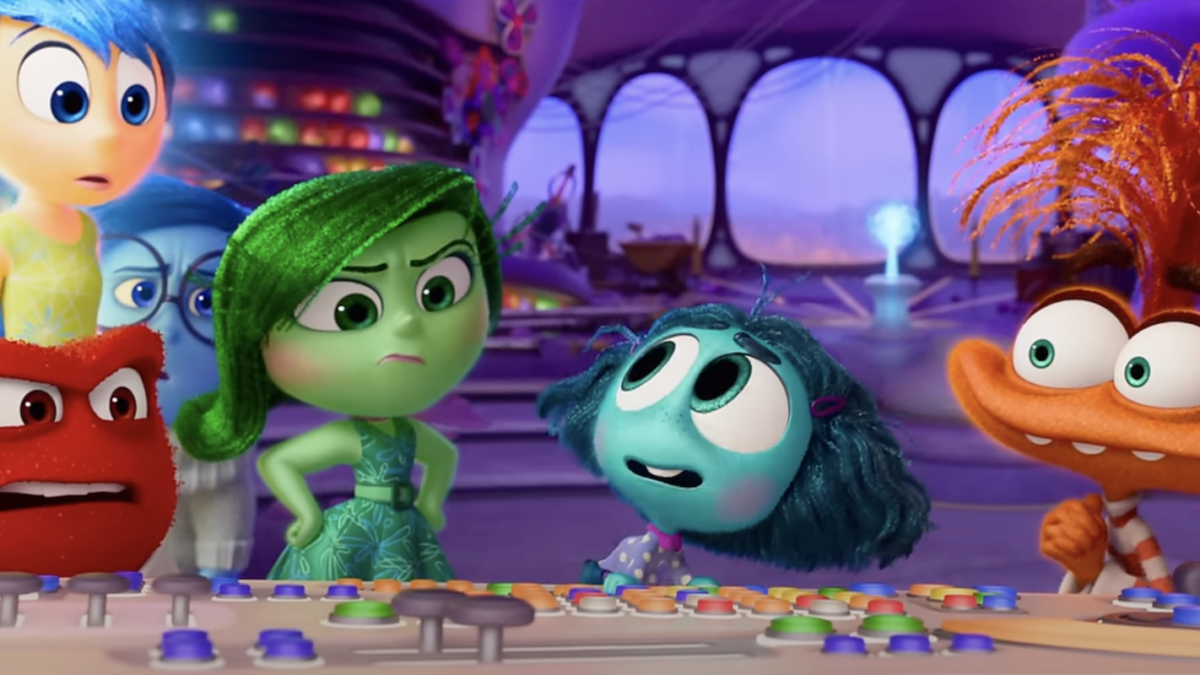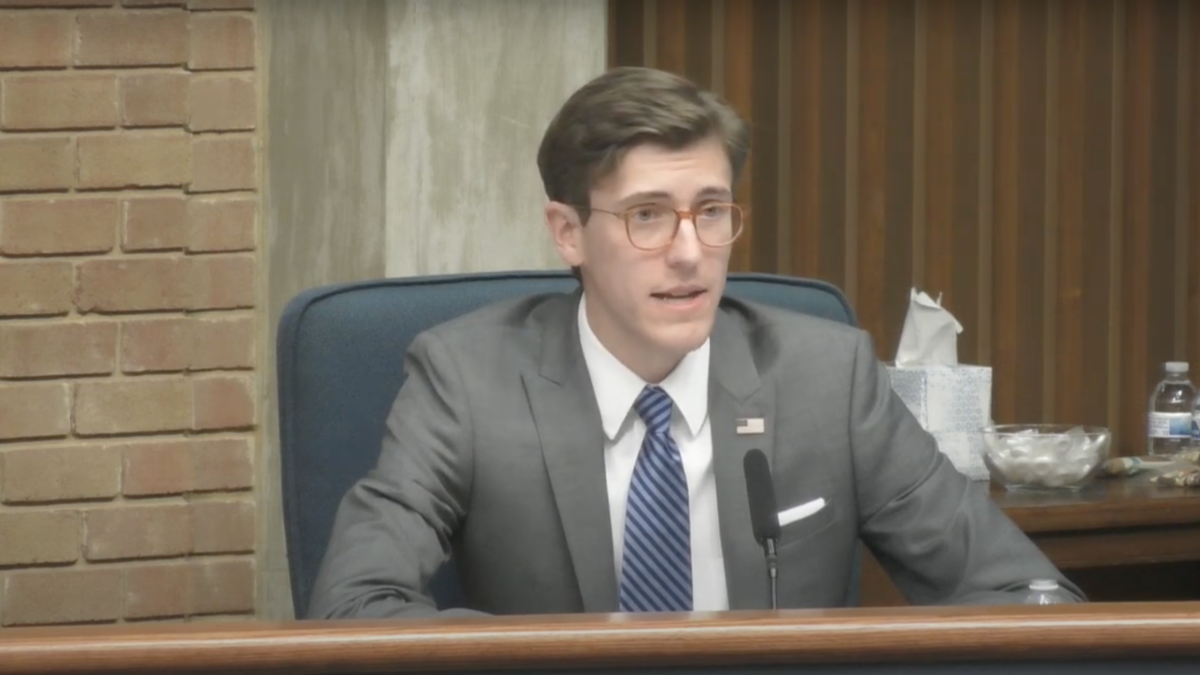Hallmark movies feature relentlessly repeated tropes and can be very predictable. These stories frequently feature a woman in a high-intensity career who gets stranded in a magical Christmas town where she encounters a ruggedly handsome widower who owns a Christmas tree farm in need of financial help (otherwise this is its last season!).
We get slight variations, but the overall structure remains. These plots often lack complexity and quality. Yet these movies, as cheesy as they might be, are indicative of what their viewers actually want for Christmas: an ordered life.
Formulaic Plots
Heavily formulaic plots go all the way back to Shakespeare. His comedies have conventions that don’t differ all that much from what Hallmark has to offer. Shakespeare frequently uses mistaken identity as a source of tension while Hallmark might have a secret prince in disguise. Shakespeare introduces magical elements in the forms of fairies and sorcery, and Hallmark readily employs “Christmas magic” as a McGuffin. But most importantly, Shakespeare and Hallmark use these formulas to structure plots that communicate a journey from disorder to order. This story arc resonates with audiences just as much in 2023 as it did in 1600 because humans have a universal desire for natural order.
Shakespeare wrote comedies for the common man and the royal court, and both could be satisfied with stories about the restoration of order. All disguises melt away to reveal true identities, and all obstacles are overcome, so the couple can get married. These marriages often accompany the political union of kingdoms, the reconciling of families, and a satisfying resolution for almost all the characters (except the villains and clowns). For his audiences, this sense of order was Biblical; after all, “It is not good that man should be alone” (Genesis 2:18). However, even for the non-Christian, biology and history make it clear enough that humans thrive in monogamous relationships, traditional families, and close-knit communities.
Despite all the progress we’ve made since Shakespeare’s time, at the end of the day people still crave a story where the guy gets the girl and we get a glimpse of a “happily ever after.” Hallmark even goes a step further — it isn’t just a romantic union we get in the finale but a familial one. The “boss babe” is often called home to return to family and community for the holidays, and there she realizes that her career cannot love her back the way her family does. There is a reordering of priorities (relationships over work), a return to traditional masculinity and femininity (the characters perform more traditional gender roles), and typically a way for our protagonist to contribute to the community in a meaningful way (saving the Christmas tree farm, the inn, or Christmas in general, etc.). We watch as the woman is freed to find fulfillment in the giving of herself rather than the building of herself.
[READ: Help! This Hallmark Hater Just Realized Her Life Is A Corny Christmas Movie Plot]
As you could have guessed, the primary viewer demographic for holiday romance films is female, and even real-world “boss babes” indulge in these Christmas fantasies about leaving the daily grind behind for something simple, warm, and real. So why is acknowledging a desire for ordered priorities acceptable in a Christmas flick but not in a summer blockbuster? What is the Christmas magic that allows us to acknowledge the innate inclination toward traditional family life?
Christmas Tradition
America has a culture of innovation that can lead to a disdain for tradition. Antiquity has no place in the race for progress, and our personal lives reflect this. Rather than honor the roads paved by generations before us, we are quick to cast out ideologies as easily as old family recipes that no longer suit our sensibilities. Not to say that all progress is bad, but certainly tradition is cast in a less honorable light when it is consistently outranked by other priorities.
The “traditional family unit” containing a man, a woman, and their children is more commonly painted as oppressive and outdated — except at Christmastime. Our natural desire for family life is alive and well, and we are allowed to acknowledge that at Christmas because it is the one time during the year when tradition is deemed by the general public as good. We pull out the family recipes, even if they’re mostly cream cheese. We embrace old customs and old carols. The element of magic that accompanies the season separates us just enough from reality that approving of more conservative lifestyles is permissible, if only for December.
In various conversations I’ve had with friends, colleagues, and Hallmark-loyal family members, they all agree that the comfort they receive from these movies is what keeps them coming back. Even if they do not have a traditional and loving hometown to return to, they can always watch one for 90 minutes.
Across the board, people are proportionally more lonely than in the past, and these fluff movies are an attractive alternative to striving for ordered lives in our daily reality. Rather than making peace with challenging family members over the holidays, it’s convenient to turn on the cinematic equivalent of the fireplace channel, and wait for New Year’s resolutions to remind us that modernity reigns supreme and our fulfillment lies in being a boss babe.
But at least on Christmas, we are not afraid to want something ordered, something traditional, something truly fulfilling.









